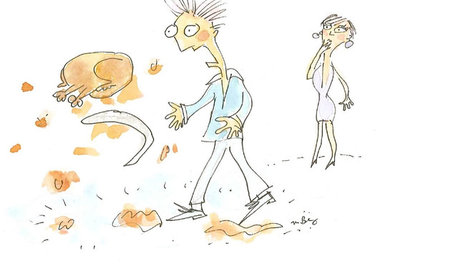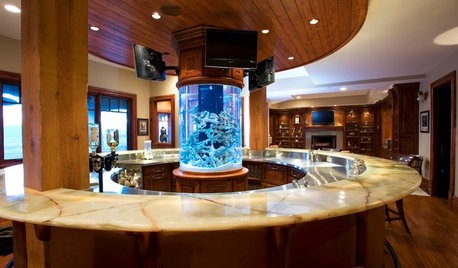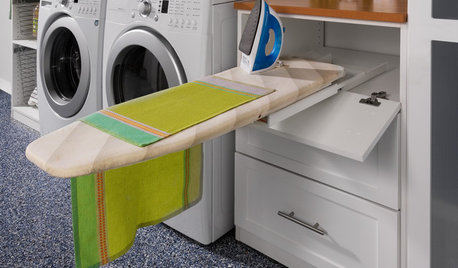new 100 gal tank - pesticide contamination- HELP!
jaylynne51
16 years ago
Related Stories

MOST POPULARThanksgiving Tales: When the Turkey Tanks
Houzz readers prove adept at snatching victory from the jaws of entertaining defeat
Full Story
DECORATING GUIDESDesigning Nemo: 30 Fish Tanks Make a Decorative Splash
Bring an otherworldly glow and a calming vibe to your home with the living art of an aquarium
Full Story
GREEN BUILDINGHow to Harvest Rainwater for Your Garden
Conserve a vital resource and save money by collecting stormwater for irrigation in a barrel or tank
Full Story
EARTH DAYGrow a Beautiful Garden With Ecofriendly Greywater
Reducing home water waste means lower bills and a healthier planet. Here's how to set up a greywater home irrigation system that can help
Full Story
TINY HOUSESHouzz Tour: A Custom-Made Tiny House for Skiing and Hiking
Ethan Waldman quit his job, left his large house and spent $42,000 to build a 200-square-foot home that costs him $100 a month to live in
Full Story
EARTH DAYThe Case for Losing the Traditional Lawn
Work less, help the environment and foster connections by just saying no to typical turf
Full Story
BATHROOM DESIGNHow to Choose the Right Toilet
Style, seat height, flushing options, color choice and more will help you shop for the right toilet for you
Full Story
GREEN DECORATINGEasy Green: Big and Small Ways to Be More Water-Wise at Home
These 20 tips can help us all make the best use of a precious resource. How do you save water in summer?
Full Story
LAUNDRY ROOMS8 Ways to Make the Most of Your Laundry Room
These super-practical laundry room additions can help lighten your load
Full Story
KITCHEN DESIGN8 Kitchen Organizing Ideas for Messy Cooks
Not the clean-as-you-go type? Not to worry. These strategies will help keep your kitchen looking tidy no matter what your cooking style is
Full StorySponsored






petiolaris
james_ny
Related Professionals
Canton Landscape Architects & Landscape Designers · Danbury Landscape Architects & Landscape Designers · Prairie Ridge Landscape Architects & Landscape Designers · Wake Forest Landscape Contractors · Eagle Landscape Contractors · Eustis Landscape Contractors · Melrose Landscape Contractors · Smyrna Landscape Contractors · Vashon Landscape Contractors · Winter Gardens Landscape Contractors · Hobart Decks, Patios & Outdoor Enclosures · New Berlin Decks, Patios & Outdoor Enclosures · Palmetto Decks, Patios & Outdoor Enclosures · Racine Decks, Patios & Outdoor Enclosures · Wildomar Decks, Patios & Outdoor Enclosuresdobesrule
bradarmi
jaylynne51Original Author
dannie
daydreamlexi
reg_pnw7
generator_00